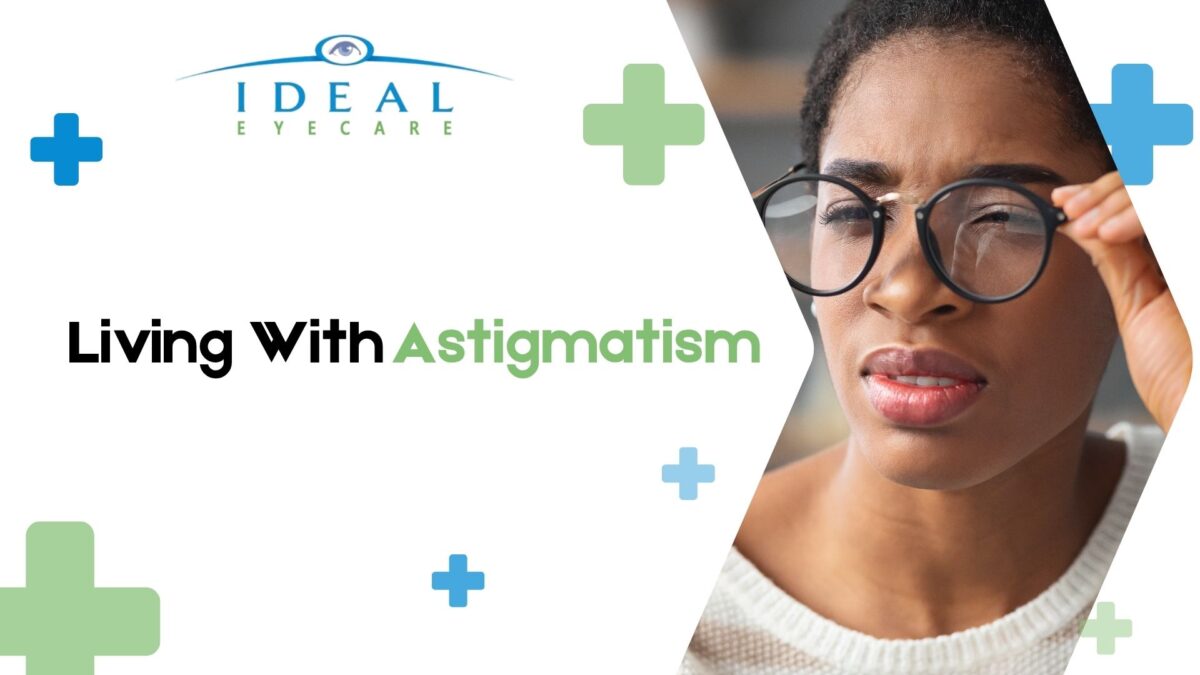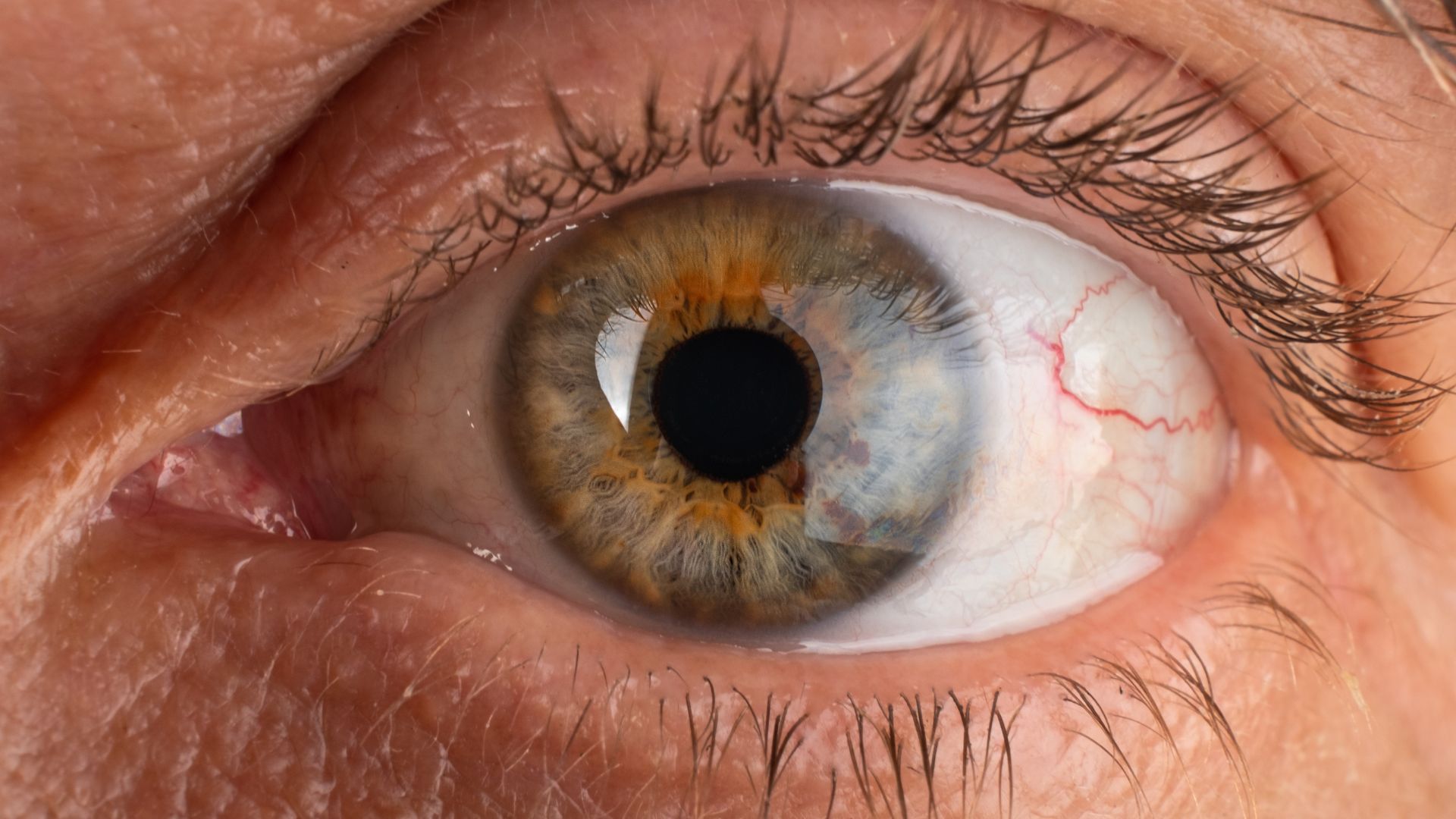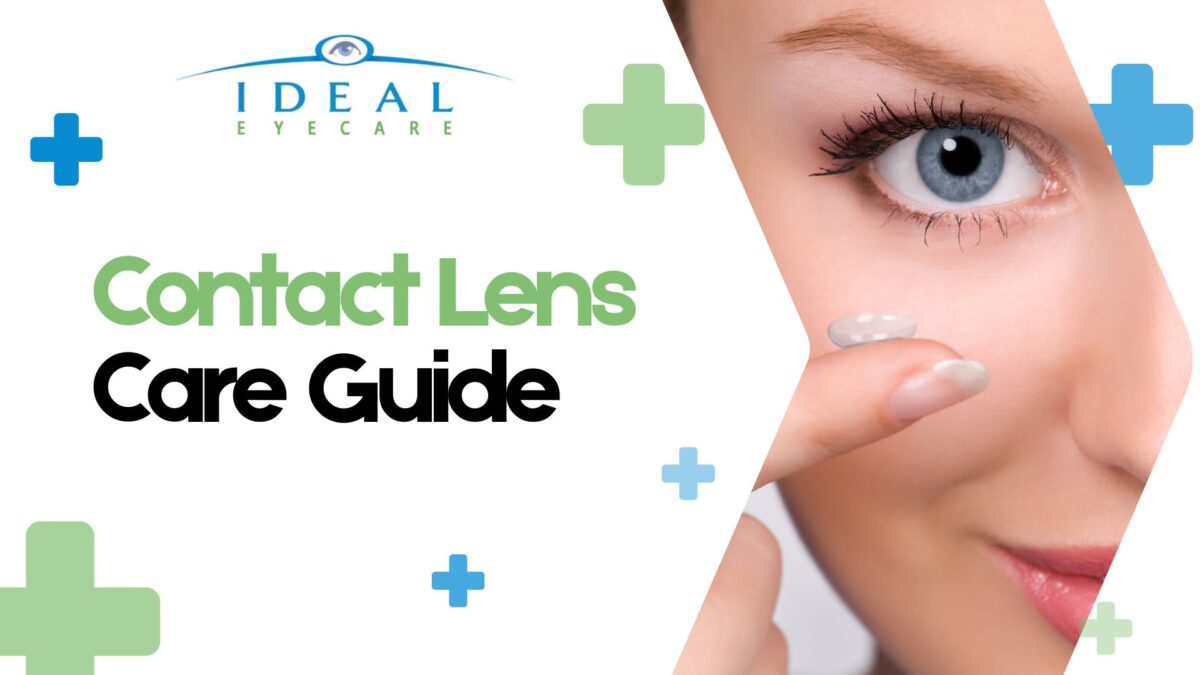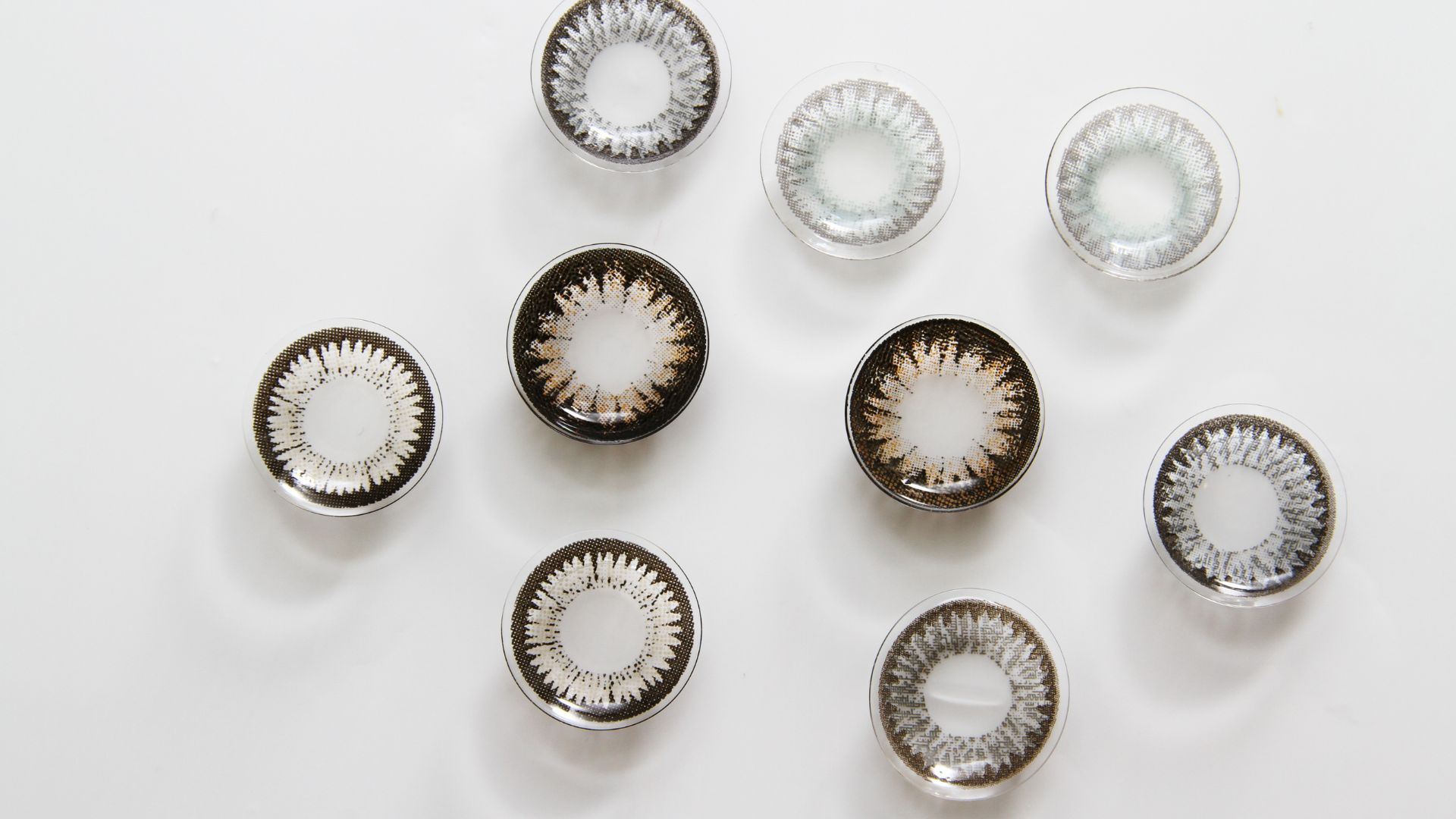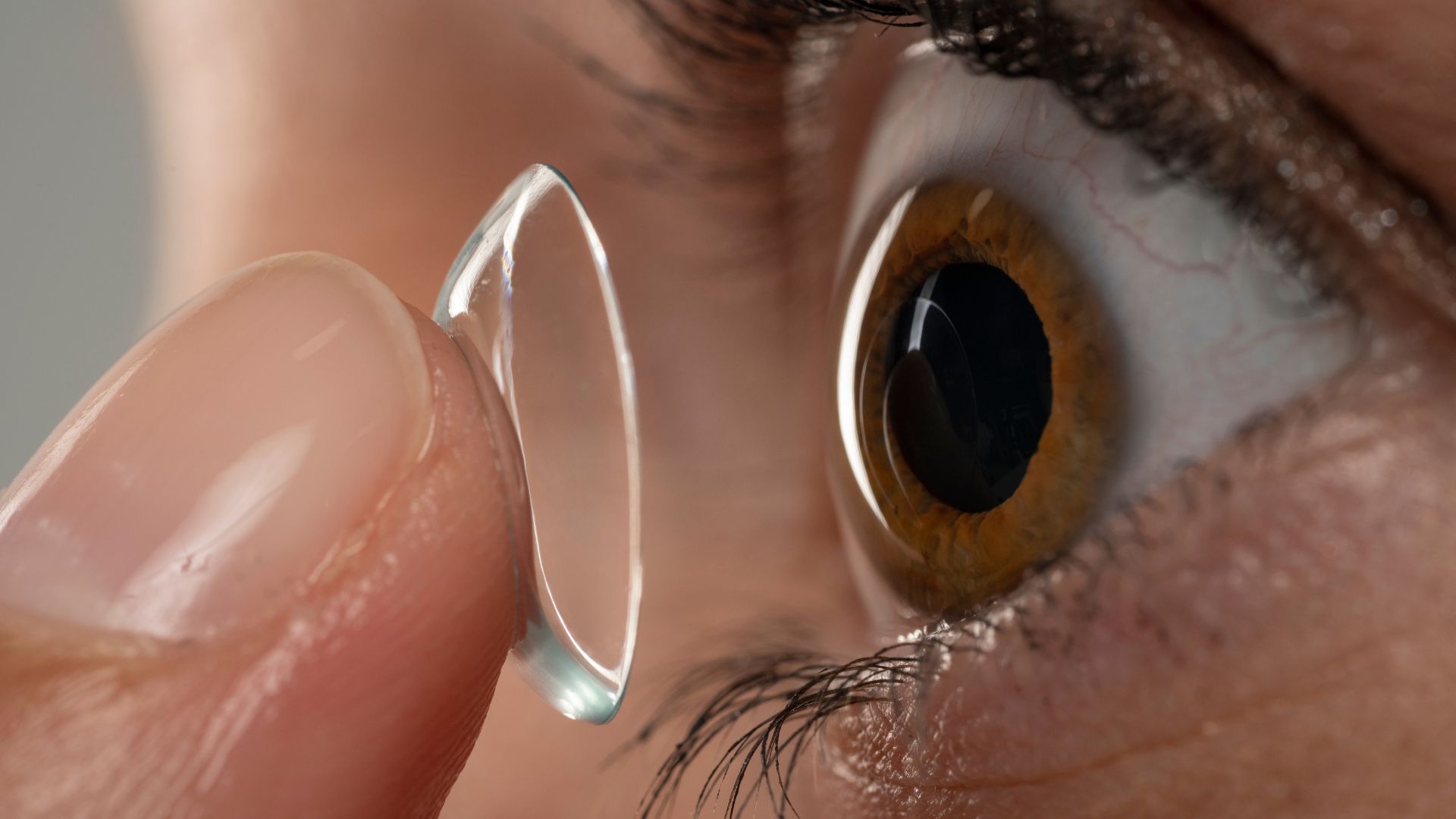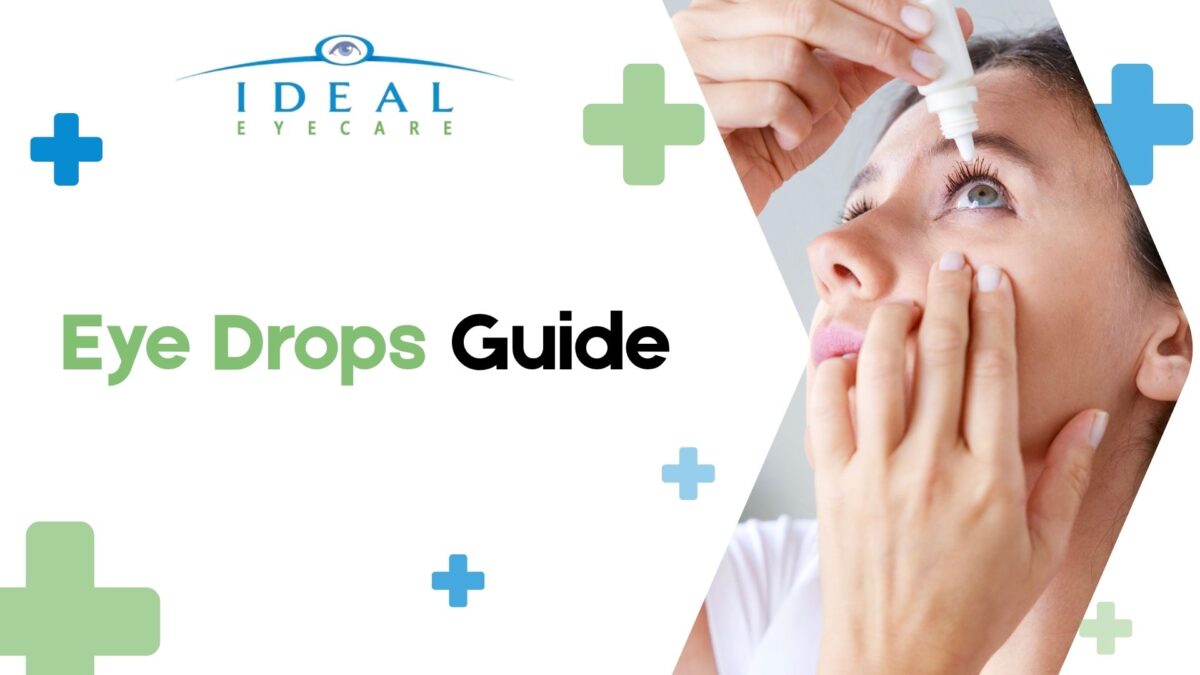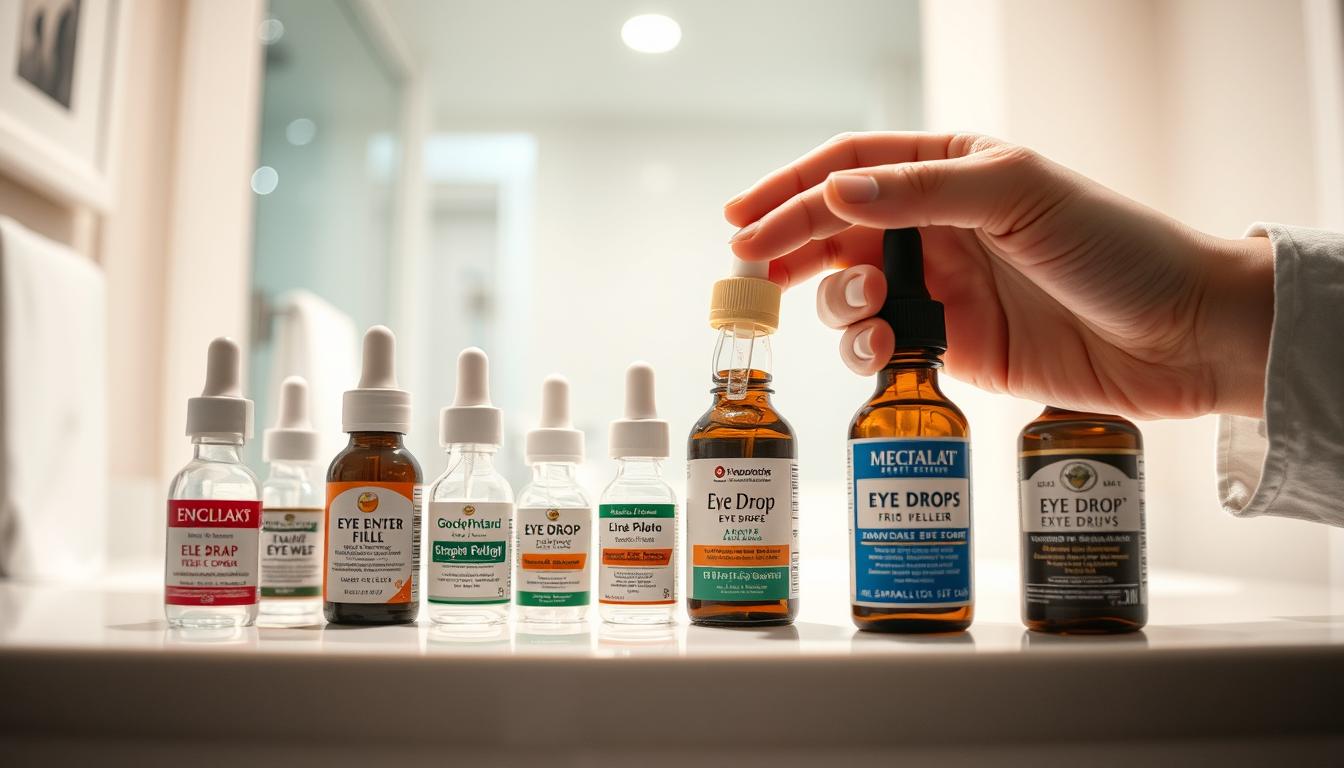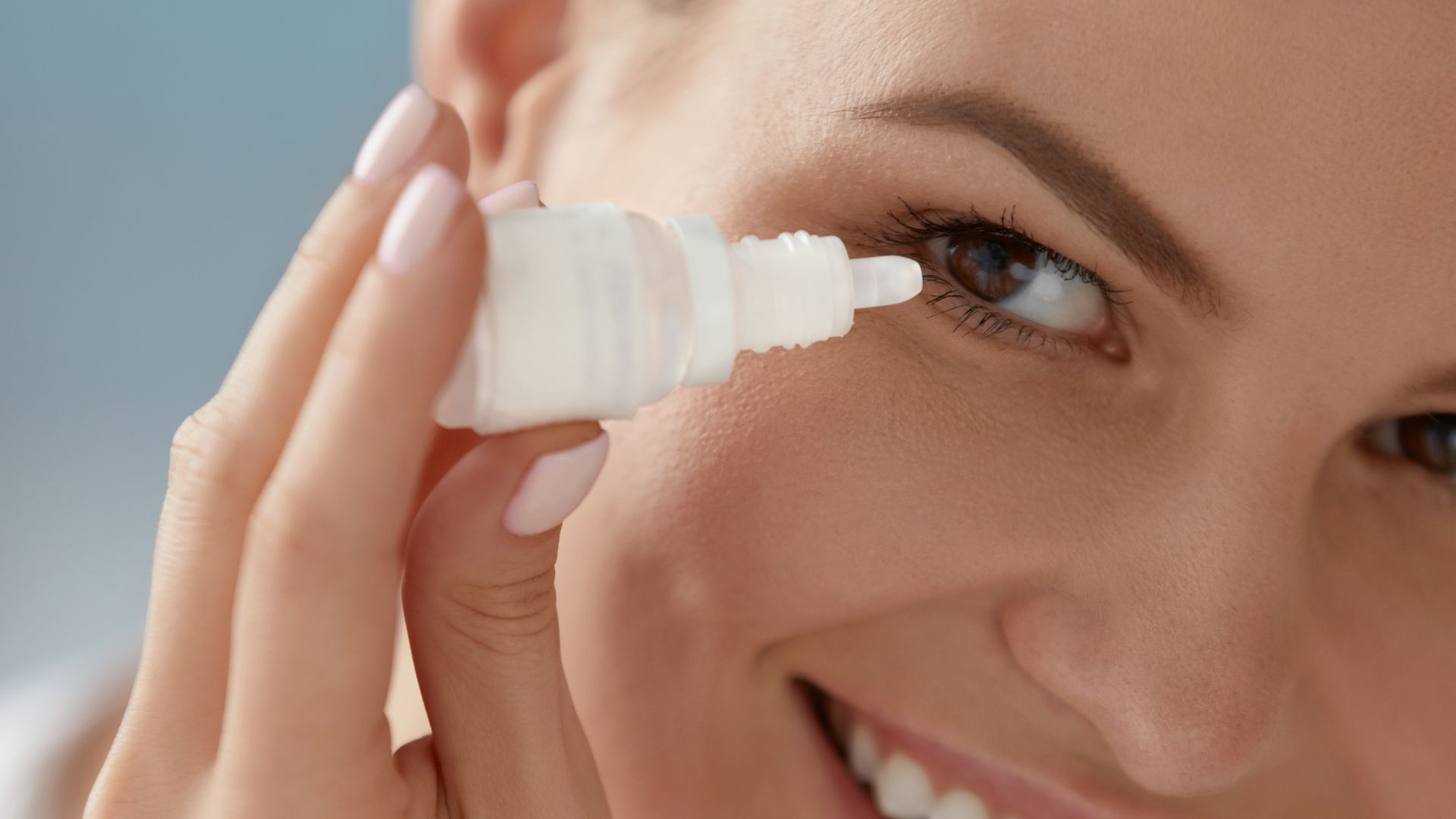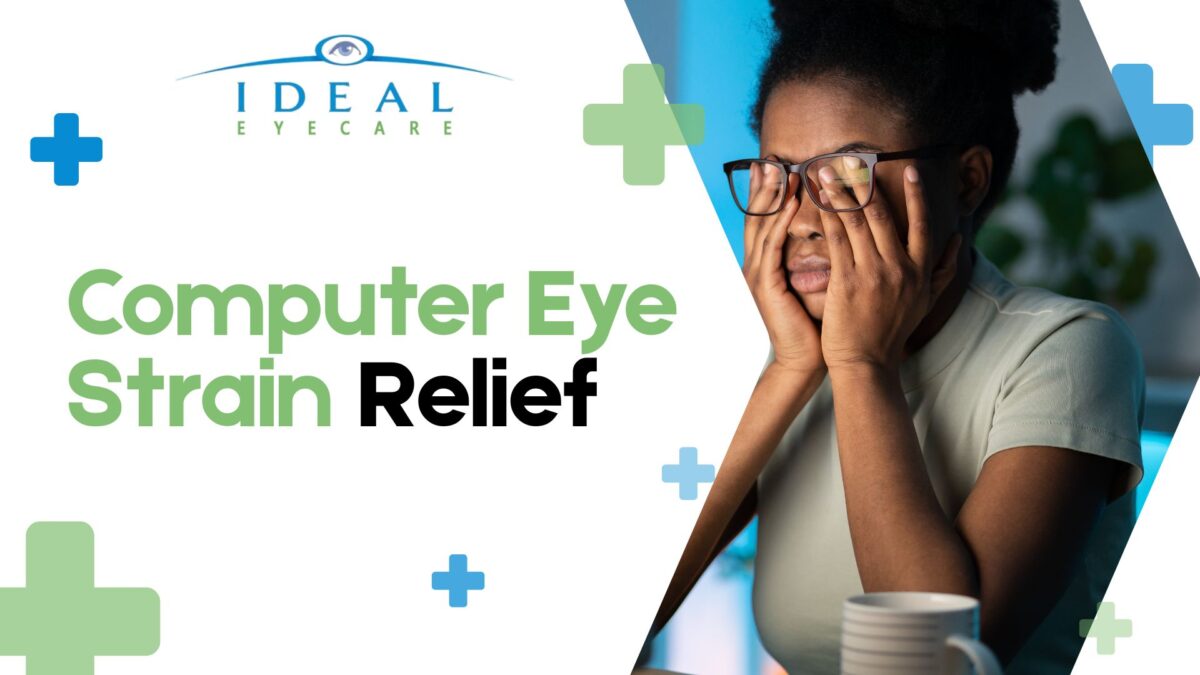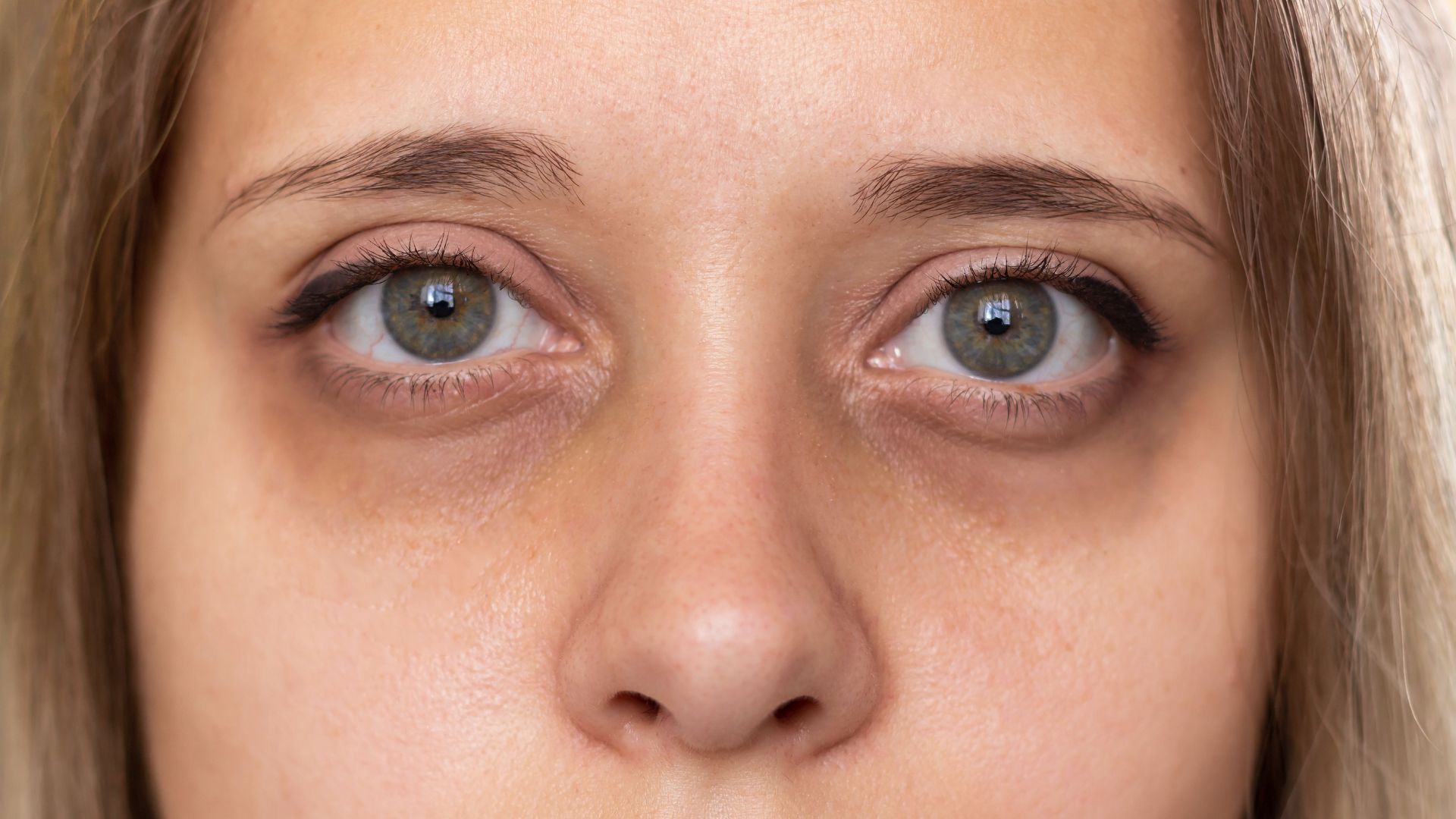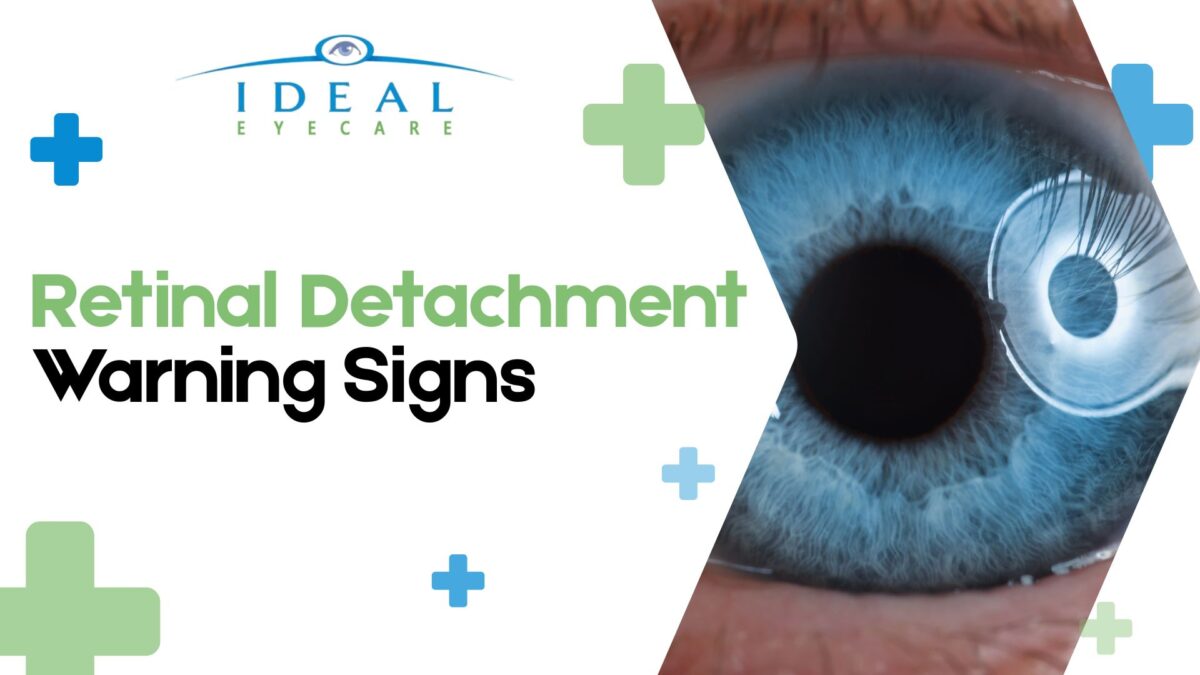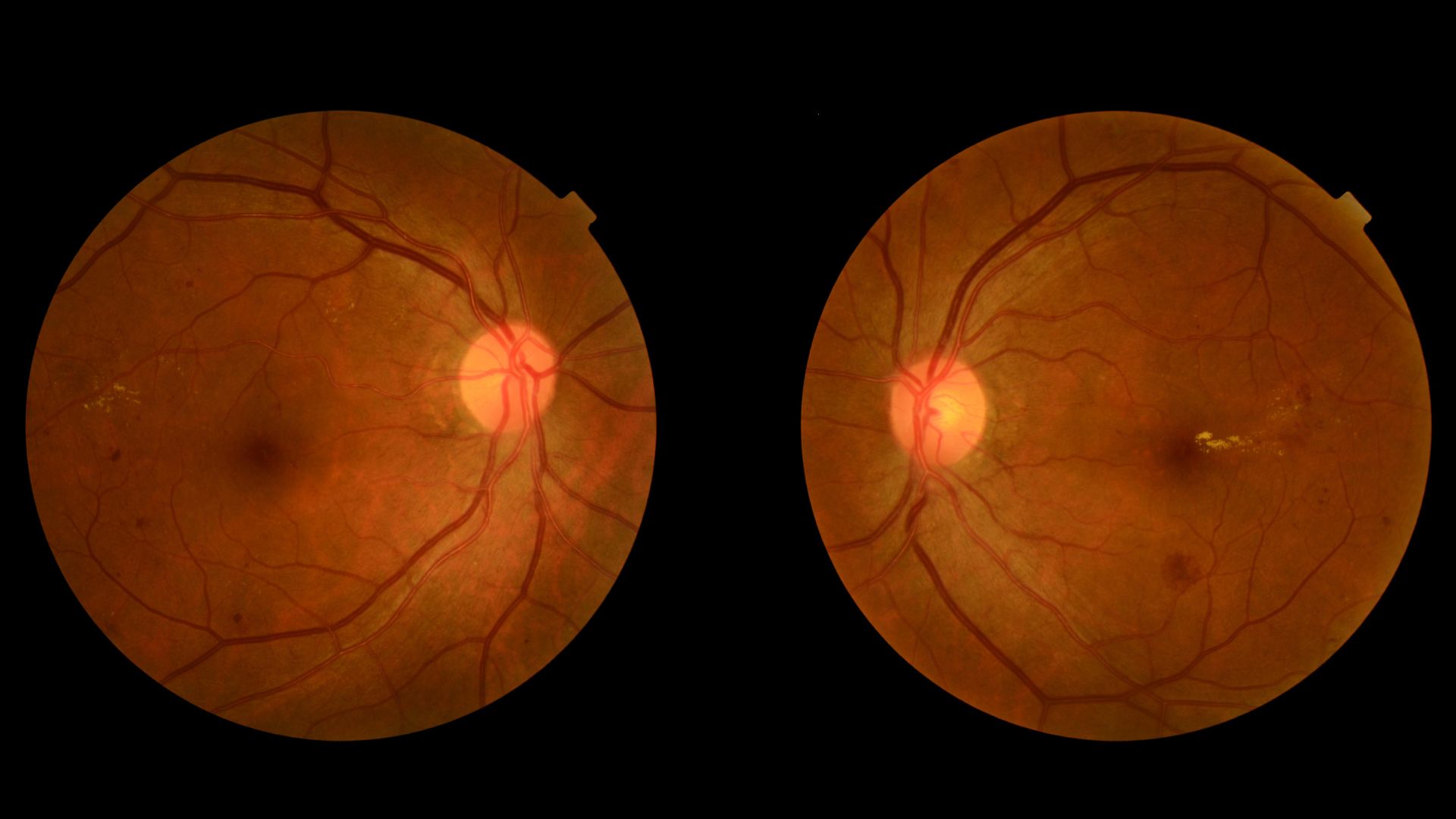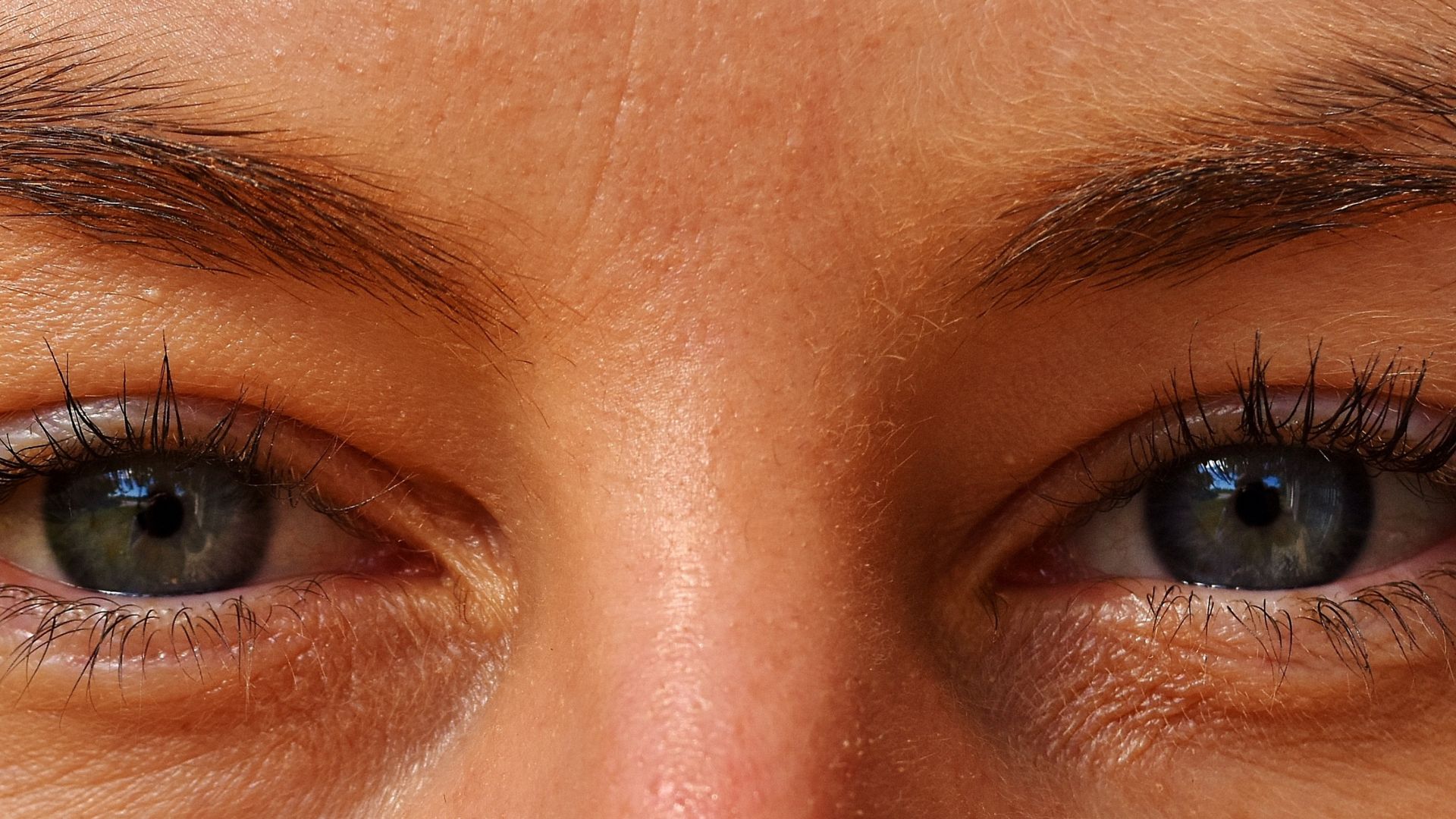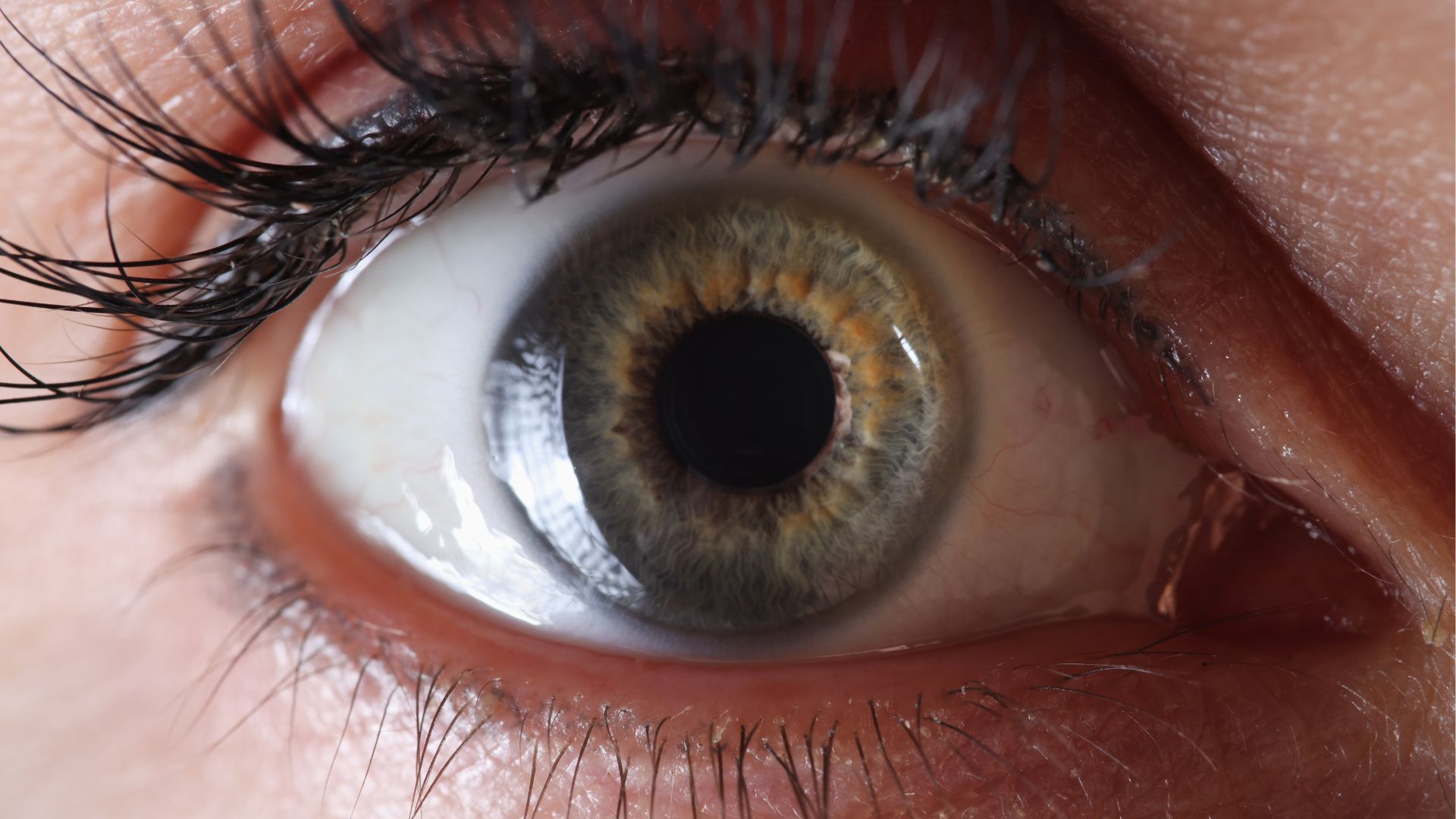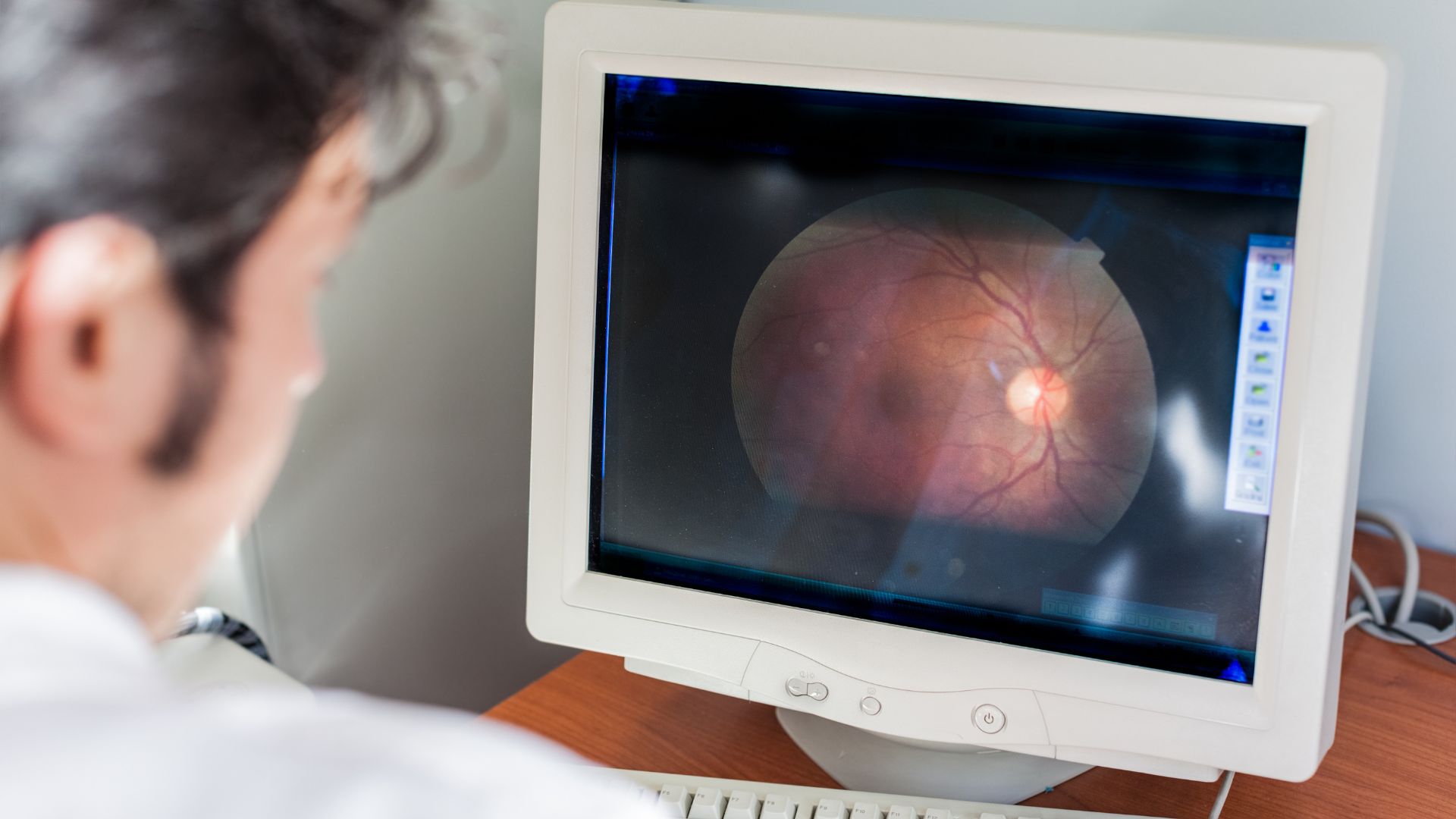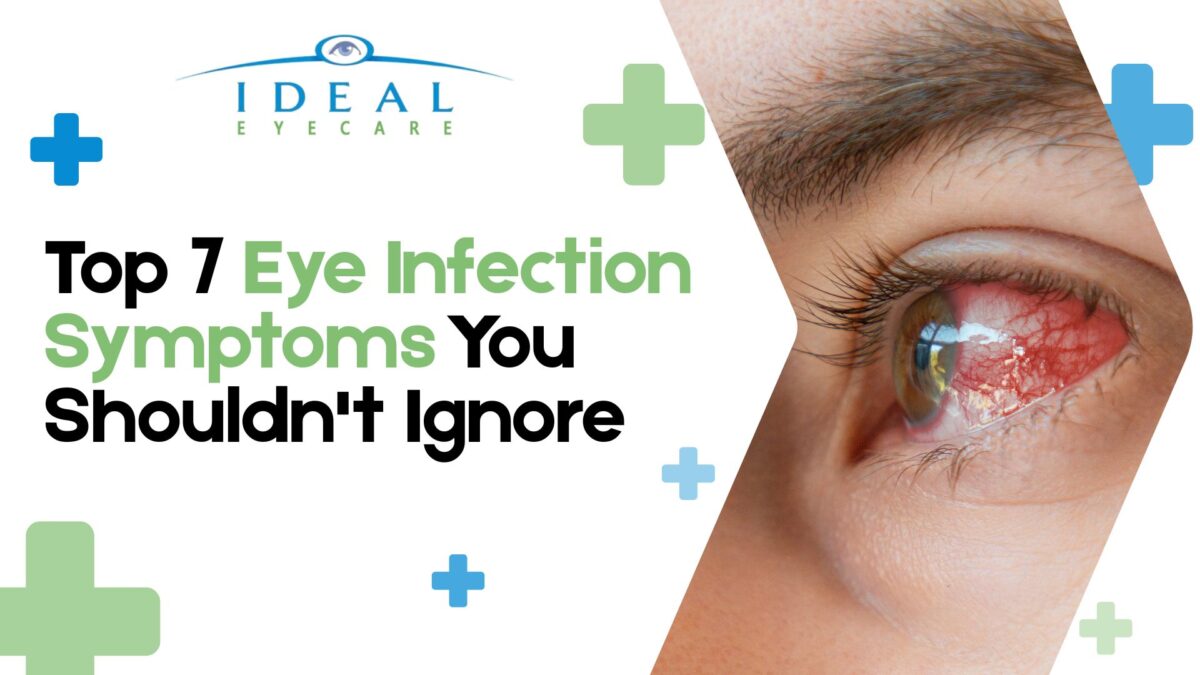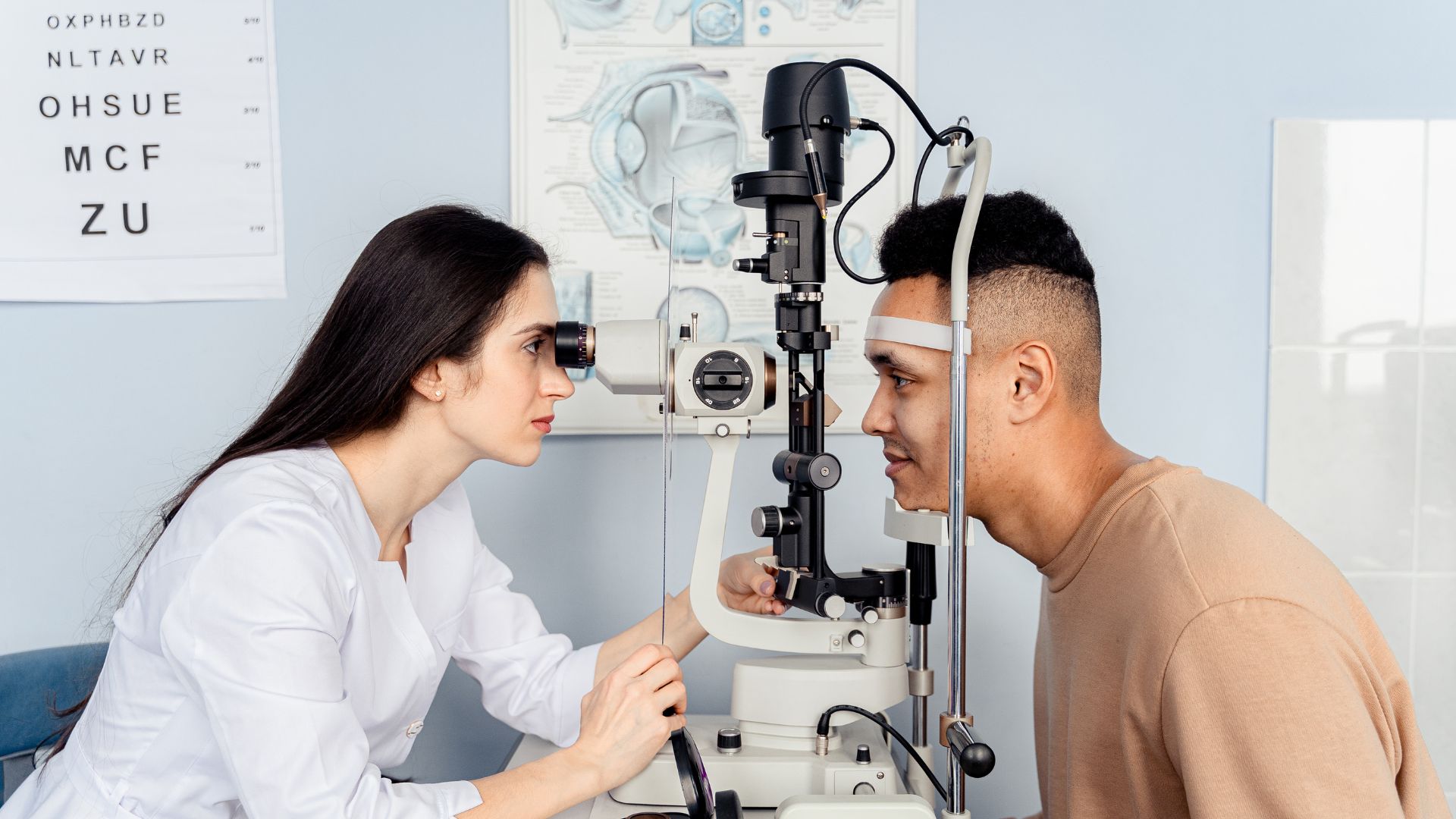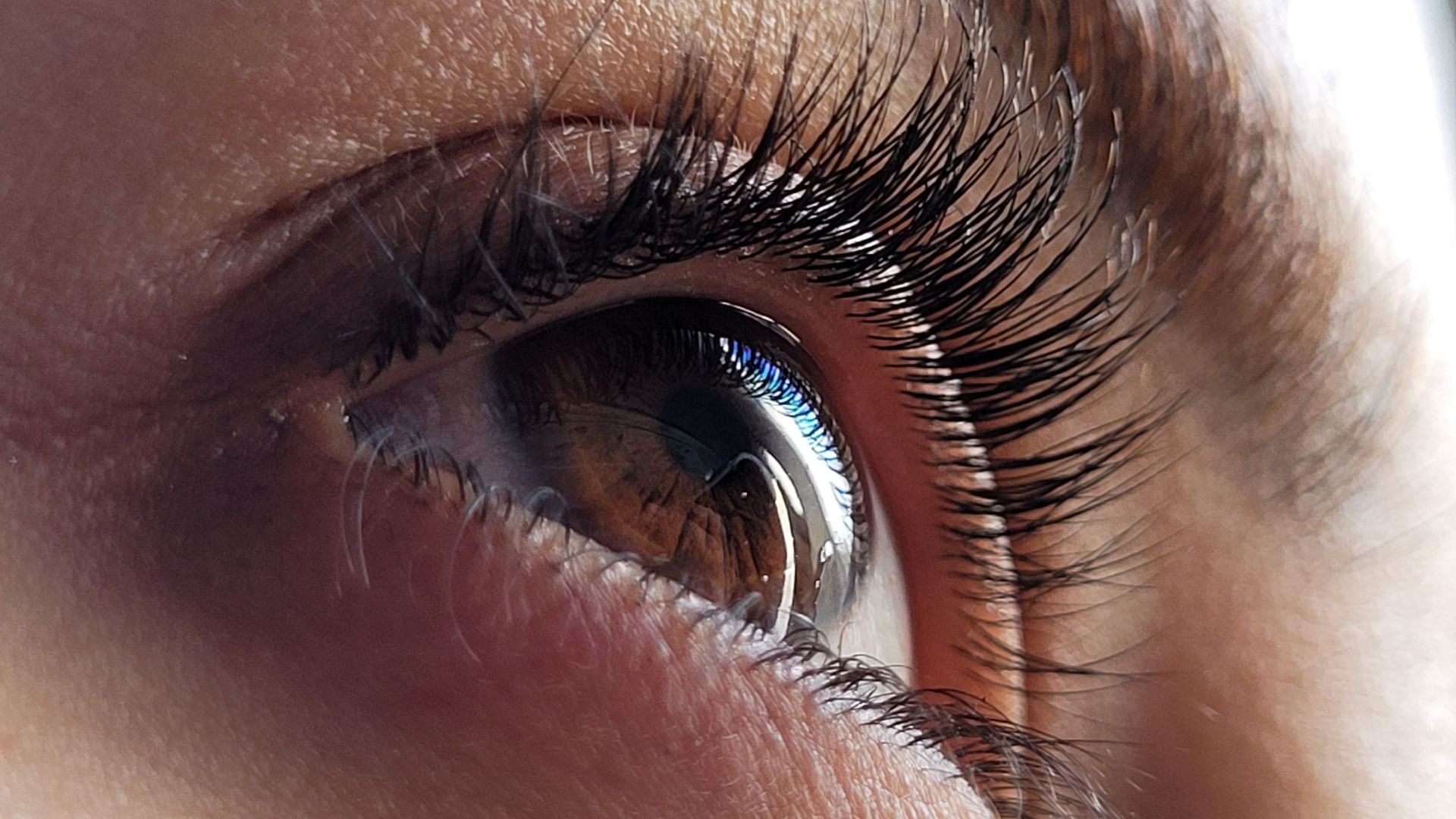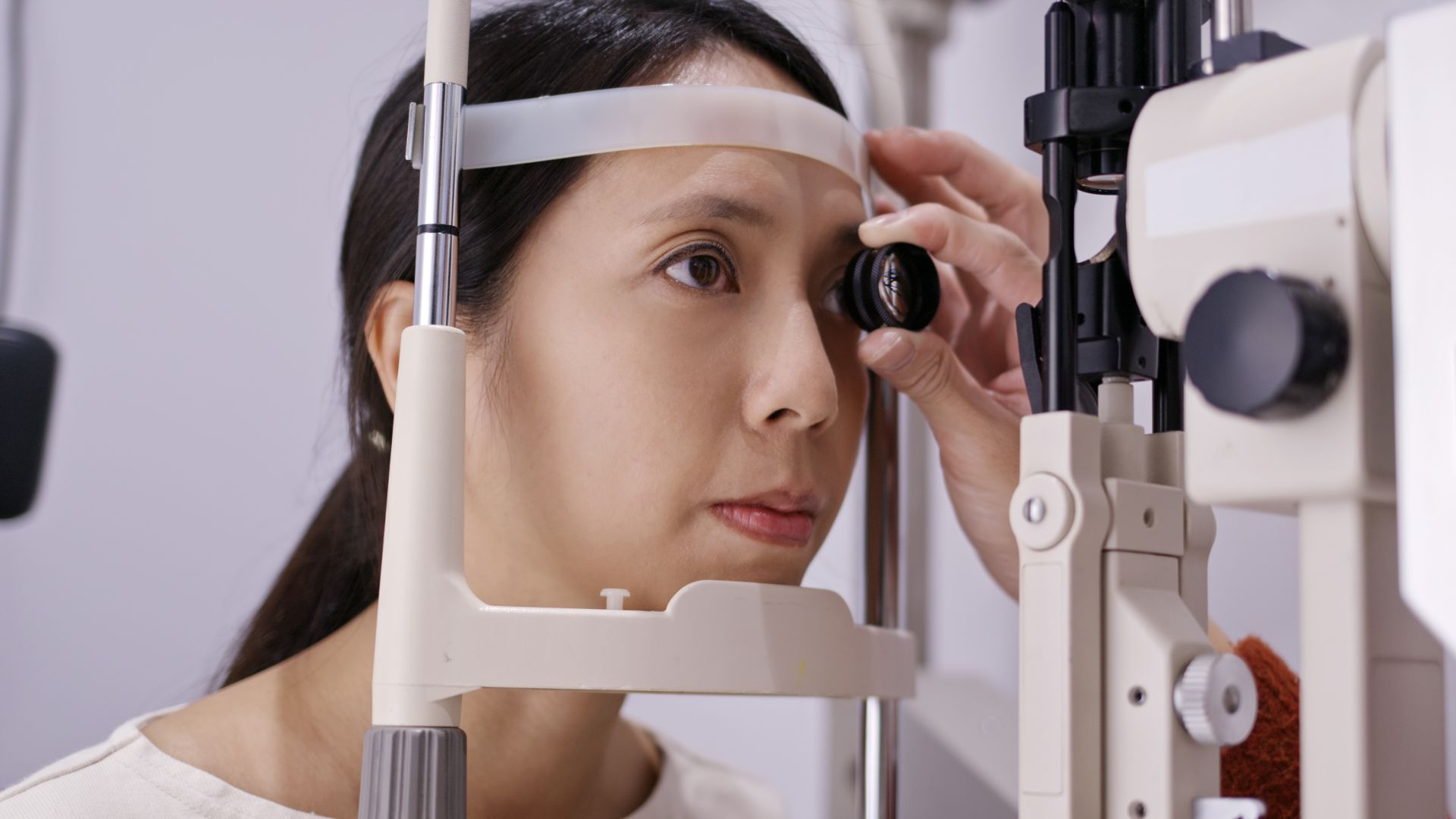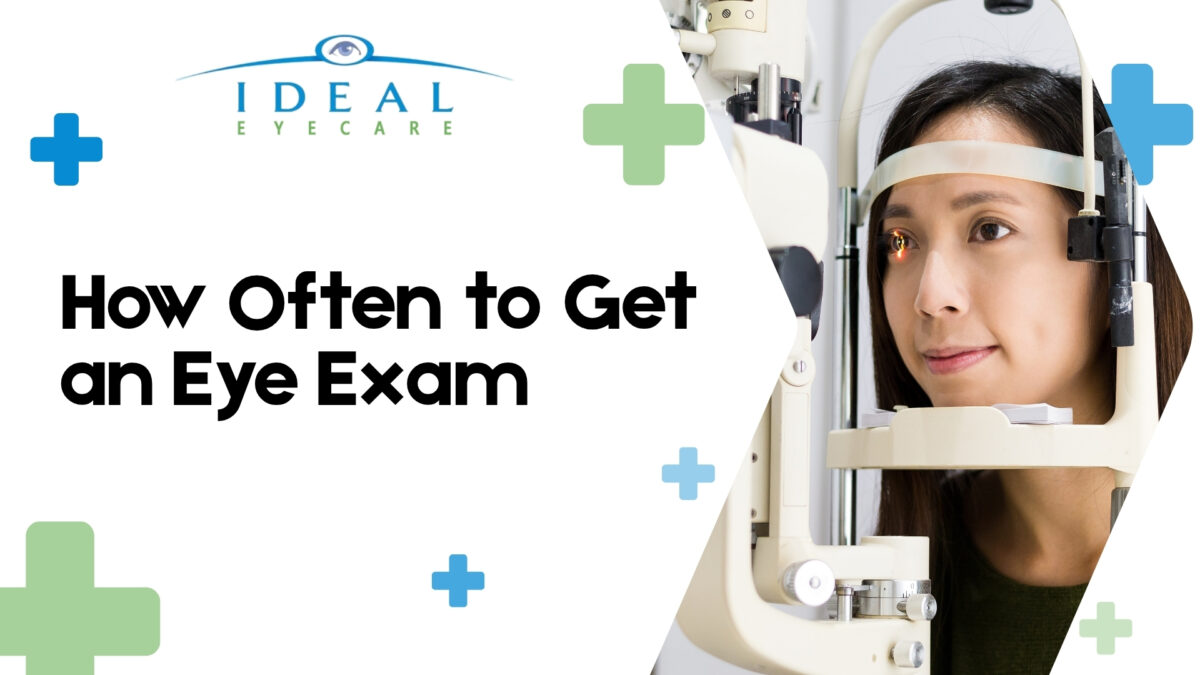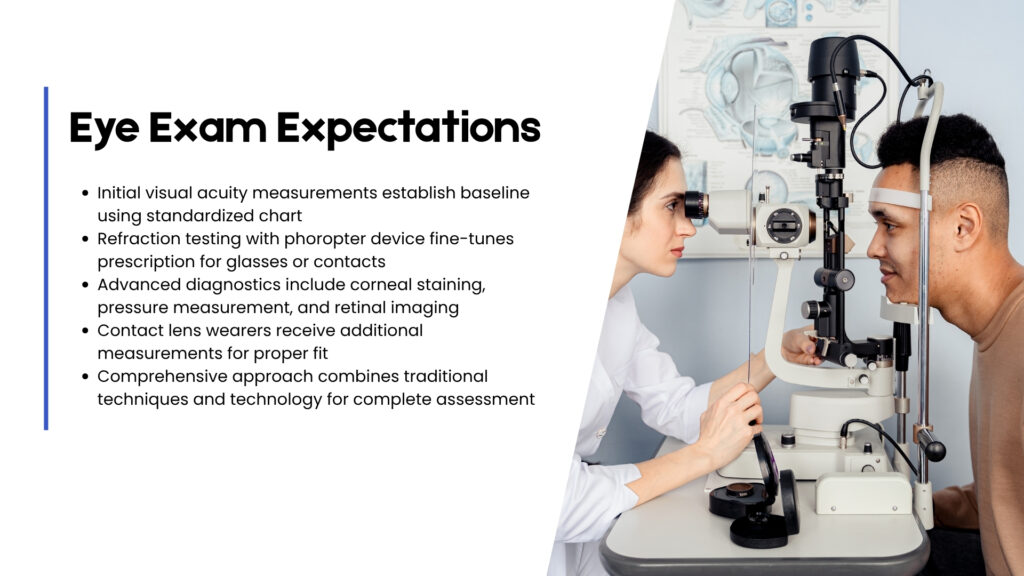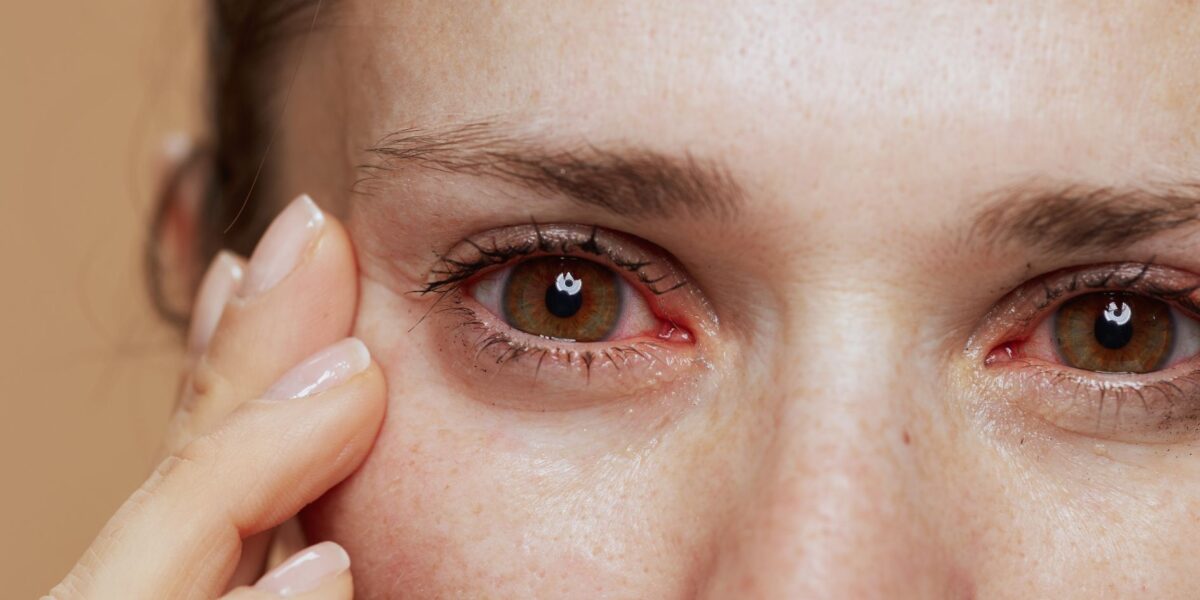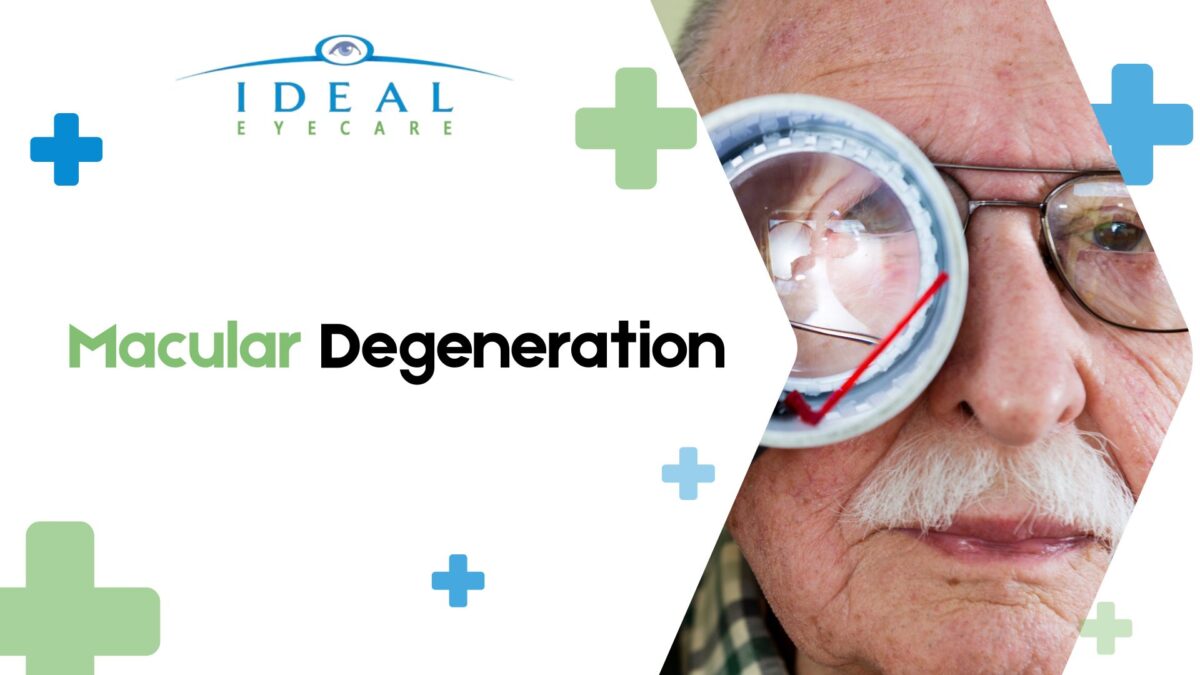
Did you know 1 in 7 Canadians over 50 already show initial indicators of vision-threatening retinal changes? Yet, 40% delay seeking care until symptoms worsen. At Ideal Eyecare in Mississauga, our optometrists often see this gap between early detection and awareness.
Subtle vision changes often go unnoticed. You might think blurred text or trouble seeing faces in dim light are just part of aging. But, research from Mayo Clinic and CNIB shows these could be early signs of a serious condition affecting central vision.
Ontario’s aging population faces unique risks. Mississauga residents aged 55+ report delayed diagnoses 23% more often than the national average, according to 2023 provincial health data. If you notice faint distortions in straight lines or need brighter light for reading, it’s not just a hassle. It’s your eyes trying to tell you something important.
Key Takeaways
- Central vision blurring worsens gradually without timely intervention
- Straight lines appearing wavy indicates possible retinal changes
- Ontario patients experience longer wait times for advanced treatments
- Annual eye exams detect changes 5-7 years before noticeable symptoms
- Smoking increases progression risks by 300% according to Canadian studies
What Macular Degeneration Does to Your Vision
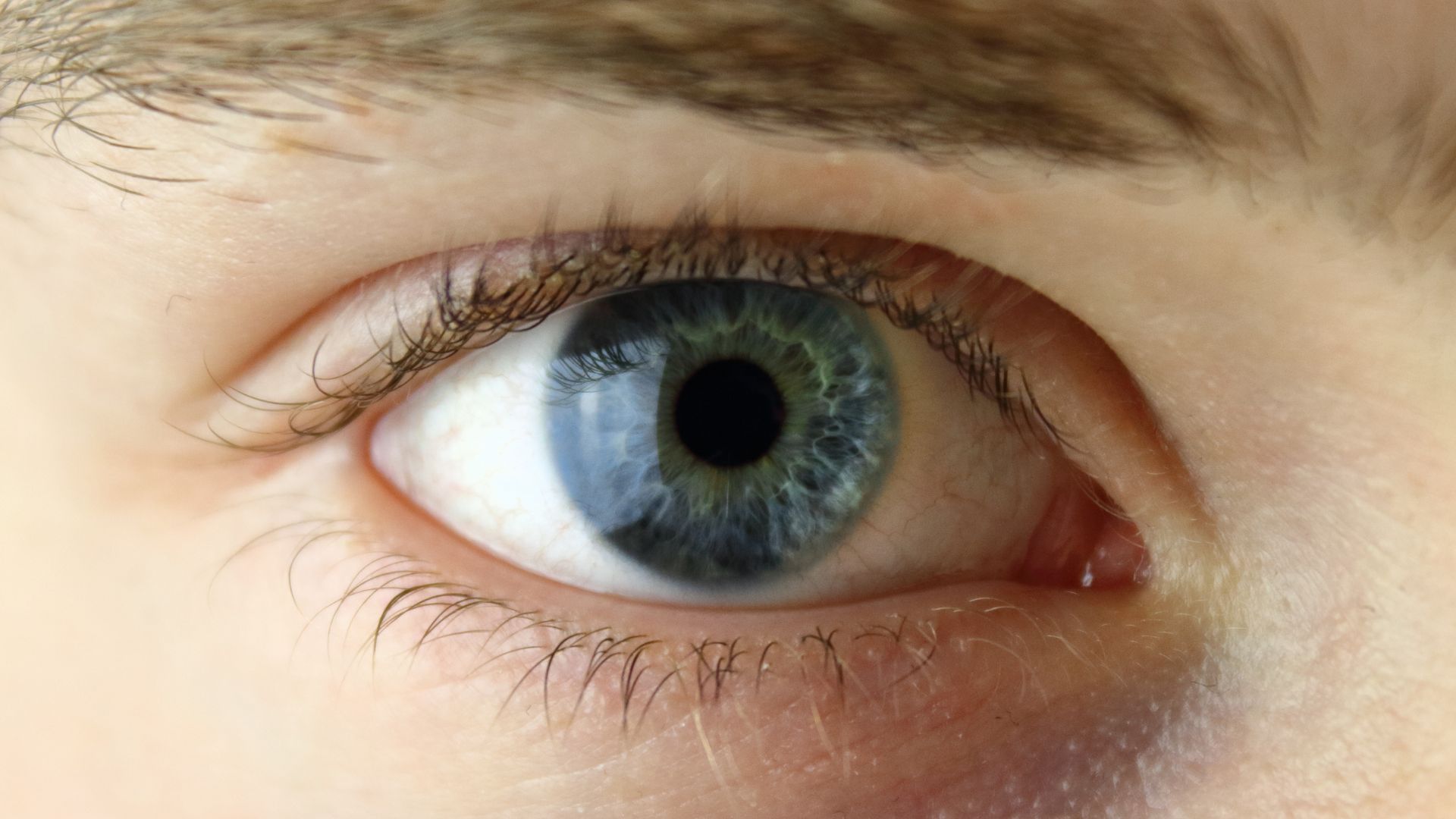
Your central vision is like a camera’s focus button. When macular degeneration hits, that sharpness starts to fade. This condition changes how you see faces, read, and move around. Let’s look at the biological changes and their effects on daily life.
Understanding Central Vision Loss
Special cells in your macula handle sharp details right in front of you. At Ideal Eyecare clinics, advanced OCT scans show how these cells thin over time. There are two main reasons for this:
How Macular Cells Deteriorate Over Time
Dry AMD (affecting 85-90% of cases) develops slowly as waste builds up. Patients in Mississauga often notice:
- Gradual blurring over 5-10 years
- Mild distortions in printed text
- Fading colour intensity
Difference Between Dry and Wet AMD
Wet AMD progresses faster because of leaking blood vessels. CNIB data shows:
- 75% of severe vision loss comes from wet AMD
- Symptoms can worsen in weeks versus years
- Early detection via retinal imaging is critical
Impact on Daily Activities
Macular changes bring specific challenges Canadians face right away. Patient logs from Mississauga clinics highlight three main issues:
Reading Difficulties and Face Recognition Challenges
Straight lines looking wavy often signals AMD progression. You might:
- Misread medication instructions
- Struggle recognizing family in group photos
- Require brighter light for restaurant menus
Contrast Sensitivity and Light Adaptation Issues
Ontario’s winter conditions make these problems worse. Glare from snow and AMD cause:
- Difficulty judging curb heights
- Extended adjustment time entering dim buildings
- Increased fall risks on icy sidewalks
Key Macular Degeneration Early Signs

Spotting the first signs of macular degeneration is key to preventing vision loss. At Ideal Eyecare, we focus on early detection. We use personalized monitoring strategies, tailored to Ontario’s unique environment. Let’s look at the warning signs that need your attention right away.
Visual Distortions You Should Never Ignore
Small changes in your central vision are often the first signs. Light changes in Canada, from bright summer to dim winter, can hide these signs if you’re not careful.
Straight Lines Appearing Wavy or Bent
When door frames or text lines seem wavy, it might mean fluid buildup under the retina. Our Mississauga patients often notice this when using the Amsler grid during eye exams.
Sudden Appearance of Dark Spots
Dark spots that block your central vision can appear suddenly. These spots start small but grow if not treated. Ideal Eyecare has a self-check plan that includes:
- Weekly Amsler grid testing at home
- Comparing vision between eyes individually
- Tracking changes across different lighting conditions
Progressive Symptoms Timeline
Knowing how symptoms progress helps in getting timely treatment. Ontario’s public health guidelines suggest different testing frequencies based on these markers.
Early Stage vs Intermediate Stage Changes
Early symptoms might slow down reading or color matching. As the disease progresses, you might find it hard to recognize faces or need more light for tasks.
Monitoring Subtle Colour Perception Shifts
Difficulty telling navy from black or pastel colors often comes before bigger vision problems. Our doctors use special tests to measure these changes, covered by OHIP when needed.
Remember, light changes with the seasons can affect how you notice symptoms. Ideal Eyecare’s patient education program includes tips for adjusting to these changes. It also offers OHIP-eligible monitoring plans based on your risk factors.
Major Risk Factors in Canadian Demographics

Getting macular degeneration isn’t just luck. It’s influenced by who you are and your choices. We’ll look at why some Ontarians are at higher risk and how to prevent it.
Age-Related Vulnerability Patterns
Canadian National Institute for the Blind data shows clear trends:
- 1 in 4 Canadians over 75 has age-related macular degeneration (AMD)
- AMD rates triple from ages 55-64 compared to younger people
- Ontario seniors have 23% more AMD than the national average
Northern Indigenous communities face special challenges, CNIB data shows:
- They wait 42% longer for retinal specialists than city folks
- Telemedicine has boosted screening by 68% in 2 years
- Only 33% of remote clinics check for AMD regularly
Lifestyle Influences Under Your Control
Public Health Ontario’s Peel Region data highlights smoking’s dangers:
Smoking Cessation Benefits for Retinal Health
- Quitting cuts down oxidative damage to the macula by 31% in 2 years
- Vaping is 19% safer than smoking regular cigarettes
- Ontario’s Smokers’ Helpline gives free nicotine help
UV Protection Strategies for Ontario Climates
Our mix of city and country life means we need to protect our eyes from the sun:
- Always wear sunglasses with UV400 rating, all year
- Wear wide-brimmed hats when outside from 10 AM to 4 PM
- Get photochromic lenses for changing light
Why Early Detection Matters Most
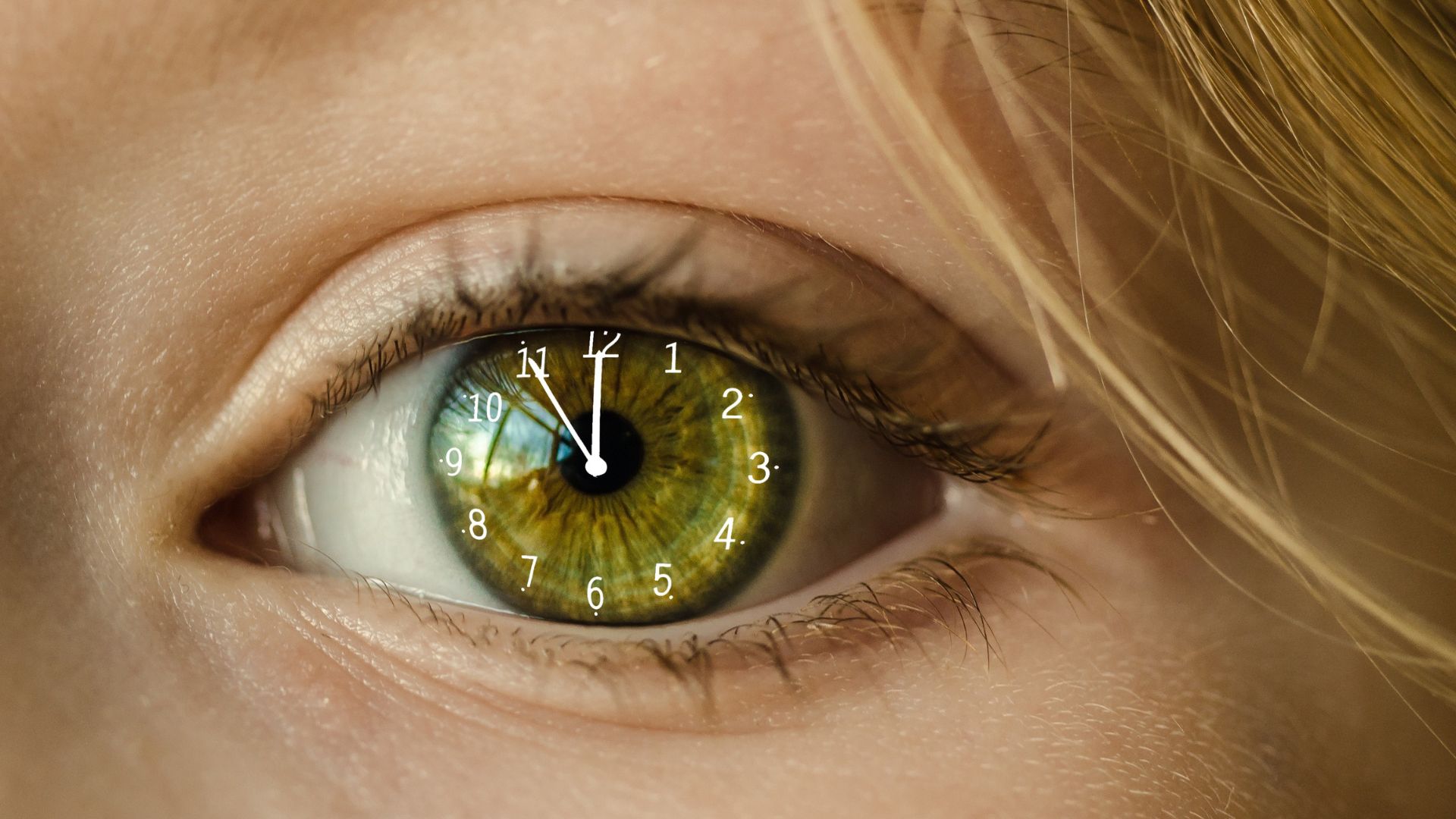
Finding macular degeneration early is key to saving your sight. Modern treatments in Mississauga can slow down vision loss. We’ll look at how early detection affects treatment and local testing options.
Preserving Remaining Vision
Starting treatment early can keep your vision sharp. Studies show:
Success rates of AREDS2 supplements when used early
- Reduces progression risk by 25% when started in early stages
- Works best combined with Canadian-recommended zinc levels
- Shows 38% better results than standalone vitamin regimens
Laser therapy effectiveness timelines
- First 6 months: Stops abnormal blood vessel growth in 89% of cases
- 12-18 months: Maintains visual acuity in 74% of patients
- Requires quarterly monitoring for optimal results
Mississauga-Specific Diagnostic Resources
Our city has advanced tools for early macular detection. Ideal Eyecare offers quick assessments with:
OCT scanning availability at Ideal Eyecare
- Non-invasive 3D retina imaging
- Detects micron-level thickness changes
- 30-minute detailed reports
Ontario Health Insurance Plan coverage details
OHIP covers key AMD tests with these codes:
- Code Z594: Annual diabetic retinal exams
- Code A123: Diagnostic imaging interpretations
- Code E078: Chronic disease management
Many patients use OHIP and private insurance together. This way, they get better supplement choices. Local success stories show early detection helps keep driving and reading skills for years.
Canadian Health Guidelines for AMD Screening

Knowing about screening helps keep your eyes healthy in Ontario. Public health and community groups make care easy to get, no matter where you live.
Public Health Ontario Recommendations
The Ontario Ministry of Health has clear plans for spotting age-related macular degeneration. Ideal Eyecare sticks to these plans with tailored screening.
Optimal Screening Intervals by Age Group
- Age 50-64: Biennial exams with Amsler grid self-checks
- Age 65-74: Annual detailed retinal imaging
- 75+: Biannual checks + optical coherence tomography
High-Risk Patient Monitoring Protocols
If you have diabetes or a family history of AMD, you’ll get:
- Quarterly visual acuity tests
- Personalized genetic risk profiling
- Collaborative care with vascular specialists
Community Support Programs
Ontario has practical help through local partnerships. These resources help you adjust to vision changes and stay independent.
Peel Region Low-Vision Rehabilitation Services
Mississauga residents get:
- Custom magnifiers at Peel Memorial Centre
- Training for navigating at home
- Monthly support groups at Square One Centre
CNIB Telemedicine Options for Rural Patients
Thanks to Ideal Optical’s partnership with CNIB:
- Virtual consultations via secure video platform
- Mobile retinal imaging units in Northern areas
- Audio-based macular degeneration awareness campaign materials
Proactive Prevention Strategies That Work

Canadians can lower their AMD risk with simple changes. Eating right and making lifestyle choices can help a lot. Let’s look at ways that fit Canada’s climate and health system.
Nutritional Approaches Backed by Research
The Canadian Food Guide is key for eye health. Here are two important changes:
Leafy Greens Consumption Targets
Eat 2-3 servings of kale, spinach, or Swiss chard daily. One serving is 1 cup raw or ½ cup cooked. These greens have lutein and zeaxanthin, which protect your eyes. A Toronto study showed eating greens can lower AMD risk by 35%.
Omega-3 Supplementation Guidelines
Health Canada suggests 500 mg EPA/DHA daily for adults. Salmon and trout are good sources. For those who don’t eat fish, algae supplements work too. Add vitamin E foods like almonds to help your body absorb these nutrients.
Protective Lifestyle Modifications
Modern life needs special eye care:
Blue Light Management for Digital Device Users
Ontario’s tech workers spend 9.7 hours on screens daily. Ideal Optical’s lenses block 45% of blue light. Follow the 20-20-20 rule to reduce eye strain.
Blood Pressure Control and Retinal Perfusion
Hypertension Canada advises keeping blood pressure under 135/85 mmHg. High blood pressure harms eye blood vessels. Exercise and less sodium (under 2000mg daily) help keep blood flow good for your eyes.
Combining these tips is best. Start with one change from each area. Mississauga residents can get personalized plans from local optometrists who know about eye nutrition.
Modern Treatment Options Available in Mississauga

Patients in Mississauga can get personalized treatment plans. These plans mix medical help and support to adapt to vision changes. This way, people can stay independent. Let’s look at the best ways to manage vision loss through local clinics and experts.
Anti-VEGF Therapy Protocols
Anti-VEGF injections are top for treating wet macular degeneration. They stop blood vessels from growing the wrong way. This helps keep your vision stable. Mississauga clinics make sure these treatments are affordable, following Ontario’s Trillium Drug Program.
Injection Frequency and Efficacy Monitoring
Your treatment plan might include:
- Monthly injections at first
- Then, injections every 6-8 weeks
- OCT scans every 2-3 months to check progress
Clinics like Ideal Eyecare tailor your schedule. This makes treatment easier and more effective.
Combination Therapies With Photodynamic Treatment
For harder cases, doctors might use:
- Visudyne® therapy with light
- Low-intensity laser treatments
- Nutritional support programs
This mix of treatments tackles different parts of the disease.
Low Vision Rehabilitation Services
Mississauga has special support through clinics like Ideal Optical. They help you adjust to vision changes with useful tools and methods.
Customized Magnifier Fittings at Ideal Optical
Their opticians offer:
- Testing 10+ magnifier models
- Simulations in your home
- Checks for comfortable use
Studies show 89% of seniors improved their reading skills.
Digital Assistive Technology Training Programs
Learn to use:
- Voice-activated smartphones
- High-contrast screen settings
- Audiobook library access
Training covers tasks like online shopping and virtual doctor visits. Many programs are funded by Ontario Disability Support Program.
Take Action With Ideal Eyecare Professionals

Early detection of macular degeneration needs teamwork with eye care experts. At Ideal Eyecare, our team uses the latest tools covered by OHIP. These tools help us check your vision health deeply. Working with us makes regular screenings easy, focusing on your specific needs.
Why choose our Mississauga clinic:
- Multilingual staff fluent in 8 languages including Punjabi and Mandarin
- Wheelchair-accessible facilities with priority booking for seniors
- Same-week appointments for urgent concerns
- Direct referrals to Ontario’s top retinal specialists
Don’t let symptoms get worse – OHIP covers eye exams for adults 65+ and those at risk. Our technicians can check if you’re covered when you book.
Join our macular degeneration awareness campaign with these easy steps:
- Call (905)-507-9752 during clinic hours
- Visit www.idealeyecare.ca/amd-screening
- Ask about evening/weekend availability
Your vision needs care from experts who know Ontario’s healthcare. Book your eye exam today and learn about your eye health.
Conclusion
Spotting macular degeneration early is key to saving your vision. Early detection can change your life, thanks to Ontario’s eye care research. If you see blurry spots or distorted lines, act fast. This helps keep your central vision sharp for reading, driving, and seeing faces.
Ideal Optical in Mississauga is at the forefront of AMD care. We use the latest tools, meeting Public Health Ontario standards. Our team watches for small vision changes with OCT scans and custom tests. We start treatments early and give advice on healthy eating.
After 50, getting your eyes checked every year is essential, even more so if you have a family history of eye diseases. In Mississauga, you can find help through Trillium Health Partners and our low-vision services. We also help you quit smoking and recommend UV-protective glasses.
Choose experts who focus on long-term eye health, not just quick fixes. Book a macular degeneration screening at Ideal Eyecare today. Taking care of your eyes now means more clear days ahead.

